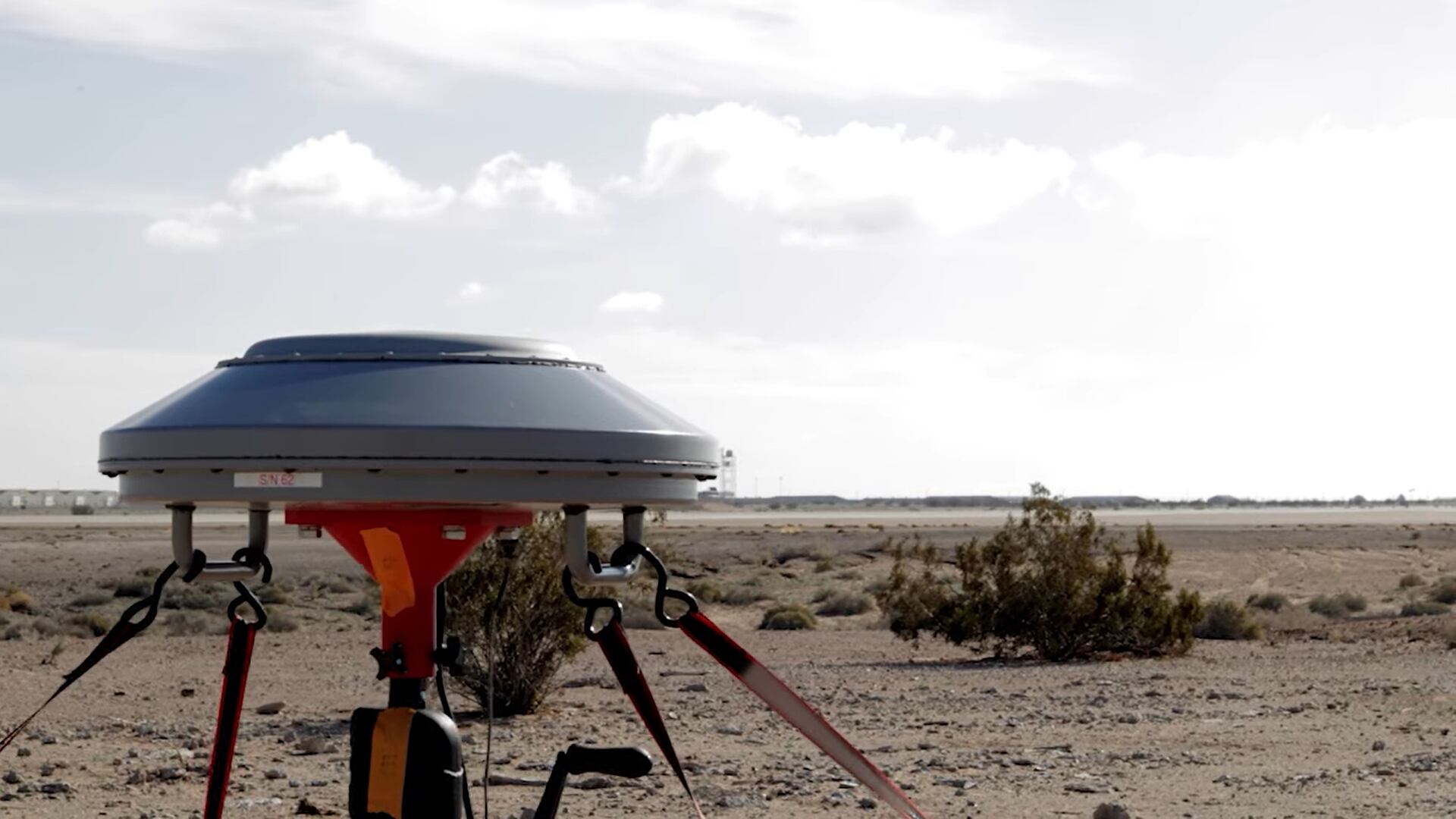FARNBOROUGH, England — Raytheon Technologies said its upgraded aircraft precision landing system can work on both land and at sea, helping the Air Force establish austere airfields in conflict zones.
In recent years, Raytheon’s Joint Precision Approach and Landing System, or JPALS, has helped Navy and Marine pilots precisely land on carriers and amphibious assault ships. JPALS uses GPS sensors, antennas and other equipment on ships to guide in aircraft in all types of bad weather and surface conditions.
Raytheon officials said Monday that the company’s new Expeditionary Joint Precision Approach and Landing System, or eJPALS, could help the Air Force establish a network of austere air bases to help it fight a future war against a major adversary as part of its Agile Combat Employment, or ACE, concept.
The Air Force has said that having forces concentrated in well-established bases could be a weakness in a war against a major adversary such as China. In such a conflict, the enemy could try to knock out or sideline large portions of the Air Force’s fleet with a series of cruise missile or other attacks targeting aircraft or infrastructure such as runways.
Spreading forces out at a variety of locations, including by setting up rougher and smaller bases in the field, could neutralize that threat as part of ACE.
In a briefing with reporters at the Farnborough Air Show in England, Eric Ditmars, president of secure sensor solutions for Raytheon Intelligence and Space, said eJPALS is a smaller, more versatile version of the traditional JPALS. It will help fixed-wing, rotary, and unmanned aircraft alike conduct precision landings, Ditmars said.
The systems used by eJPALS are also smaller, portable and more rugged than the old JPALS equipment, he said, so it could be flown in on a C-130 and set up by two people within an hour and a half in rougher environments, “which is really critical for our customers.”

A video posted on Raytheon’s YouTube account shows two airmen setting up an eJPALS system. It looks like a disc-shaped device on a tripod stand roughly the height of an adult, tethered to the ground.
“The beauty of eJPALS is [after two airmen set it up in an hour and a half], I can do combat operations for a few hours or days, and then pack this stuff up, fly it to a different place, set it up in 90 minutes, and I’m going again,” retired Air Force Maj. Gen. Jack McMullen, now Raytheon’s director of air superiority, said in the video. “The key to this system is the flexibility it provides to the air power strategist in this peer conflict we find ourselves in today.”
EJPALS will work in poor weather such as rain, Ditmars said, using its sensors to calculate wind speeds or other challenging factors and sending that information to the pilot for a successful, accurate landing. It can handle 50 simultaneous approaches to multiple landing sites in a 20 nautical mile radius, he said.
“We’ll be able to put this out in some really difficult environments,” Ditmars said.
And it maintains the encrypted anti-jamming datalink technology that lets aircraft maintain uninterrupted contact with the landing system, Ditmars said.
Raytheon is in the midst of the first deliveries of eJPALS to the military, and is looking for additional contracts to provide more, Ditmars said.
Stephen Losey is the air warfare reporter for Defense News. He previously covered leadership and personnel issues at Air Force Times, and the Pentagon, special operations and air warfare at Military.com. He has traveled to the Middle East to cover U.S. Air Force operations.





